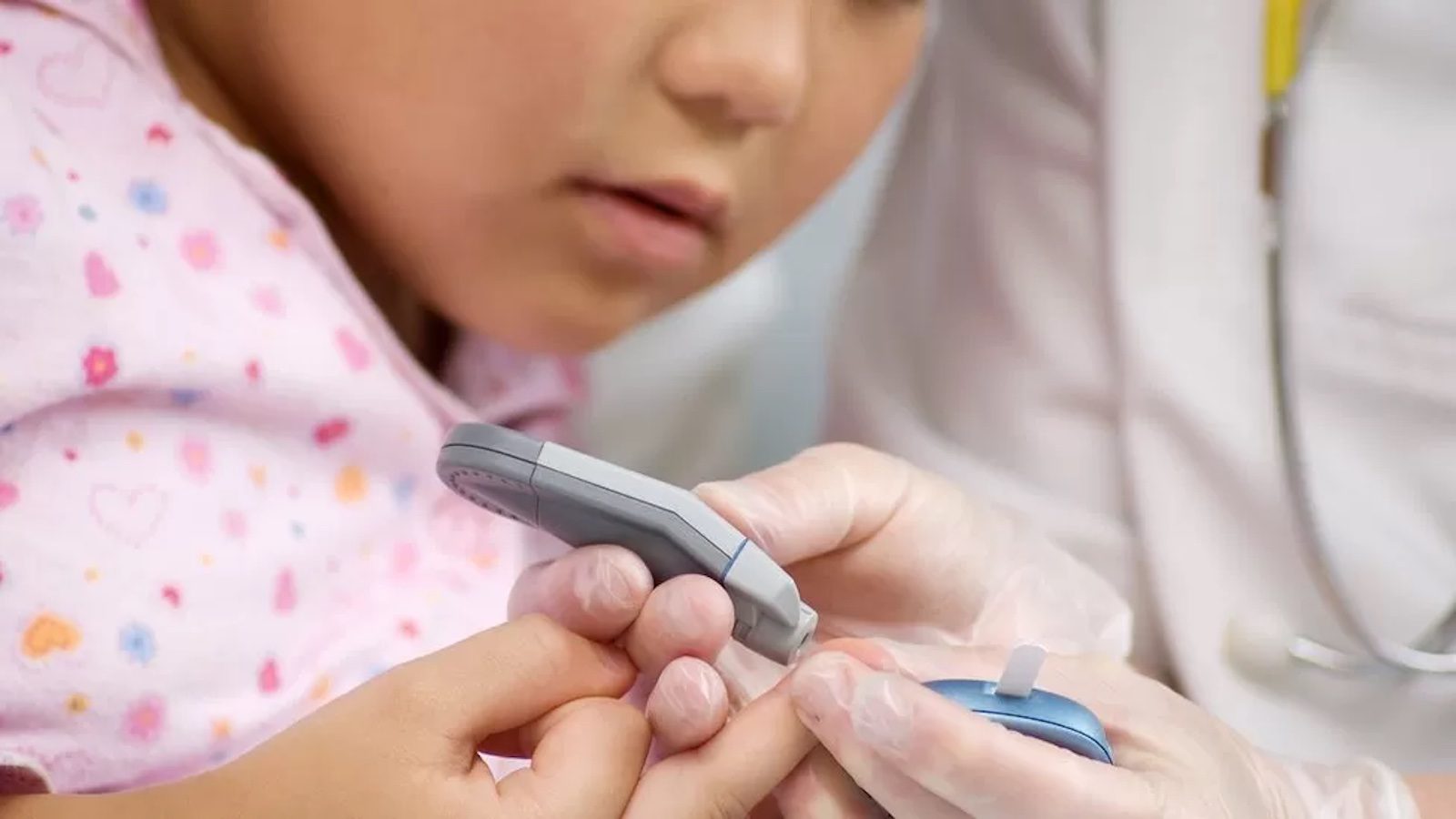According to the American Diabetes Association, over 34 million Americans suffer from diabetes. In Texas, as of 2021, roughly 2.7 million individuals were diagnosed with the condition, more than one out of every 10 people in the state.
While type 2 diabetes is the more prevalent form, upwards of 10% of all cases are type 1. Over half of those developing type 1 diabetes will do so before they turn 18 years old.
The autoimmune disease affects the pancreas, preventing it from producing the insulin needed to regulate blood sugar in our cells.
As a result, individuals with the condition cannot process carbohydrates for energy and must turn to exogenous insulin. This means that insulin is administered to the body, typically through an injection or with the use of a pump.
These treatments can help the body use sugar for energy. However, frequent monitoring is also needed to ensure that sugar buildup does not occur in the blood. Some individuals even wear glucose sensors that provide constant measurements.
So, what should parents be on the lookout for?
Typically, the first symptoms of type 1 diabetes that parents notice are when their child starts using the bathroom more frequently and complains of persistent thirst.
Over time, the child may begin to shed weight, experience diminished energy, and tire more easily. A loss of appetite, nausea, and vomiting can also occur and should prompt immediate emergency medical attention, according to Dr. Diane Wherrett, a pediatric endocrinologist at the Hospital for Sick Children in Toronto, Canada.
“If your child is peeing a lot, drinking a lot, losing weight and starting to feel sick — they need the test done that day, the diagnosis made that day, and the treatment started that day,” urged Wherrett.
While type 1 diabetes is manageable, it can entail substantial planning. Parents must measure blood sugar and anticipate daily insulin requirements based on the child’s diet and activity level. A few hours playing at the park after eating low-sugar food will necessitate different insulin requirements than a day playing video games at a birthday party while eating cake.
Of course, as children grow, the method of management may change. When children are young, it is easier to monitor and manage the condition on their behalf. As they become teenagers, those responsibilities increasingly fall on their shoulders. It is thus critical to ensure kids are as educated as the parents on the importance of disciplined and consistent management.
According to Dr. Wherrett, news of a diagnosis can be difficult for families to process.
“It can be hard for parents. They are mourning the loss of their previously perfectly healthy child, who still looks perfectly healthy, but now has this chronic condition with no cure. That’s a huge adjustment for the parents and the child. And they worry about the long-term health risks associated with diabetes,” she said.
A transition period often follows diagnoses, as parents and children grieve and learn to deal with the condition. Dr. Wherrett understands that the news can be shocking and empathizes with the families. “I try to give families space to go through this period, let them know that people manage, and it gets easier. People can do really well living with diabetes,” she said.
Type 1 diabetes does not discriminate. Even seemingly healthy athletes and physicians can be struck with the condition. Luckily, however, when managed properly, life can be enjoyed normally, according to Dr. Wherrett.
“Families need to have hope, and they need to know they’re going to be able to handle this and it’s going to go OK,” she said.







Thank you for sharing this! As a parent of a T1D I can relate to everything you mentioned. Hopefully, more people will learn the signs of T1D and respond accordingly.